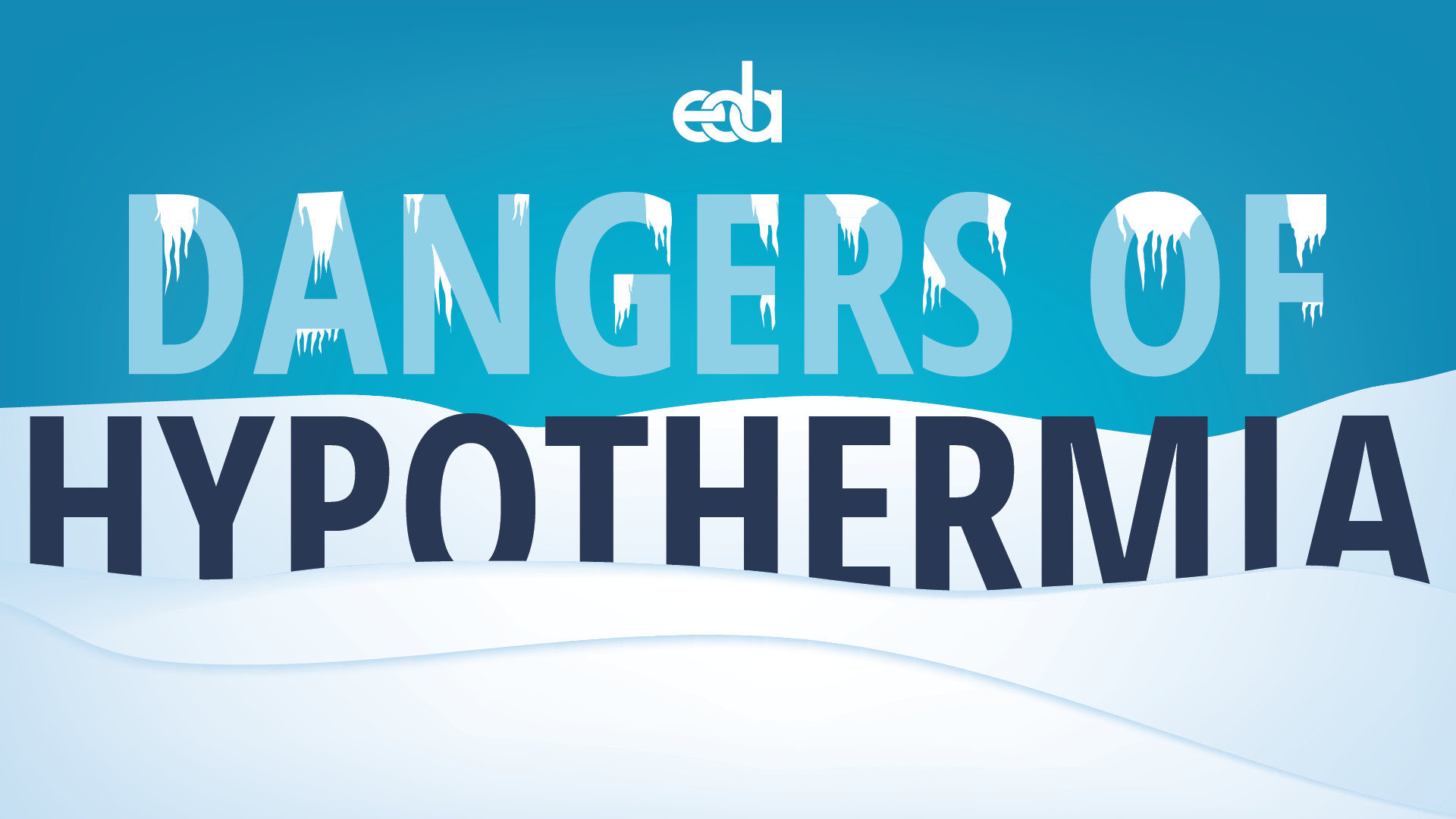Construction is a demanding job that requires workers to navigate changing climates and work conditions. As the weather begins to get colder it is important to highlight the new hazards that inevitably arise. While many of the dangers associated with construction work include falls and accidents from using heavy machinery, one inconspicuous threat poses equally dangerous risks - hypothermia. Hypothermia, a condition caused by prolonged exposure to cold, is often underestimated, but it is imperative to understand the signs and symptoms, so that you can protect yourself.
Hypothermia
Hypothermia is a medical emergency caused when your body loses heat faster than it can produce it, resulting in a dangerously low body temperature. The average body temperature is 98.6 degrees Fahrenheit, and hypothermia develops when your body temperature falls below 95 degrees Fahrenheit. In more severe cases, core body temperature can drop below 82 degrees. Hypothermia is mainly caused by extended exposure to cold temperatures however, it can occur in any situation where the body is losing more heat than it can produce.
Recognizing the Signs
It is essential for construction site supervisors and workers to be able to recognize the signs of hypothermia. Construction workers are at risk for this condition during the colder months since it typically occurs from extended exposure to cold weather. The physical nature of construction work also adds risk, making it harder for the body to regulate temperature. Some signs of hypothermia include: shivering, slurred speech, fatigue, slow breathing, confusion, loss of consciousness, or bright red skin.
Treating Hypothermia
If you suspect someone is suffering from hypothermia, you should seek immediate medical assistance. While waiting for professional assistance, start by moving the individual to a warm and dry area. If possible, remove any wet clothing and replace it with dry, insulated garments and wrap the individual in blankets. You can also offer warm, non-alcoholic or non-caffeinated beverages to help raise their core body temperature. If the individual is conscious and alert, have them generate heat by doing some light physical activity. Make sure to continue monitoring the individual until medical professionals arrive.
Preventative Measures
1. Dress Properly
Ensure that you and your team are dressed appropriately for the weather conditions you are working in. If you are working in the cold, dress in layers to trap warmth and wear waterproof and windproof outer layers. Cover all extremities such as fingers and toes with insulated gloves and warm socks. Also, don't forget headgear; 30% of heat loss is through the head.
2. Stay Active
Physical activity is the best way to generate body heat. If you are working in frigid conditions, focus on moving around and staying active. With that said, avoid excessive sweating. Wet clothing combined with cold conditions can cause you to lose body heat more quickly.
3. Limit Exposure
Minimize exposure to cold and wet conditions, especially in extremely cold and windy weather. Take breaks in heated areas to warm up and dry off. Avoid extended periods in water, as this can increase risk of hypothermia.
4. Hydration and Nutrition
Eating and drinking provides the body with the energy needed to generate heat and sustain energy levels. Stay well-nourished and hydrated, even in cold temperatures. In cold weather, you may not feel as thirty, but it is essential to drink enough fluids to prevent dehydration, which can impair the body's ability to regulate temperature. Consider consuming food and beverages that contain both water and nutrients, such as fruits, vegetables, and sports drinks.
Conclusion
While construction sites can be high-risk environments for various hazards, hypothermia is one danger that can be easily overlooked. Cold weather can be as hazardous as any other workplace risk, but with the right precautions, the harmful effects can be avoided. Understanding the risks, recognizing the signs, and implementing preventative measures are crucial for keeping your team safe and healthy. At EDA Contractors, we are committed to not only delivering quality work, but also ensuring the safety and well-being of our workforce.
